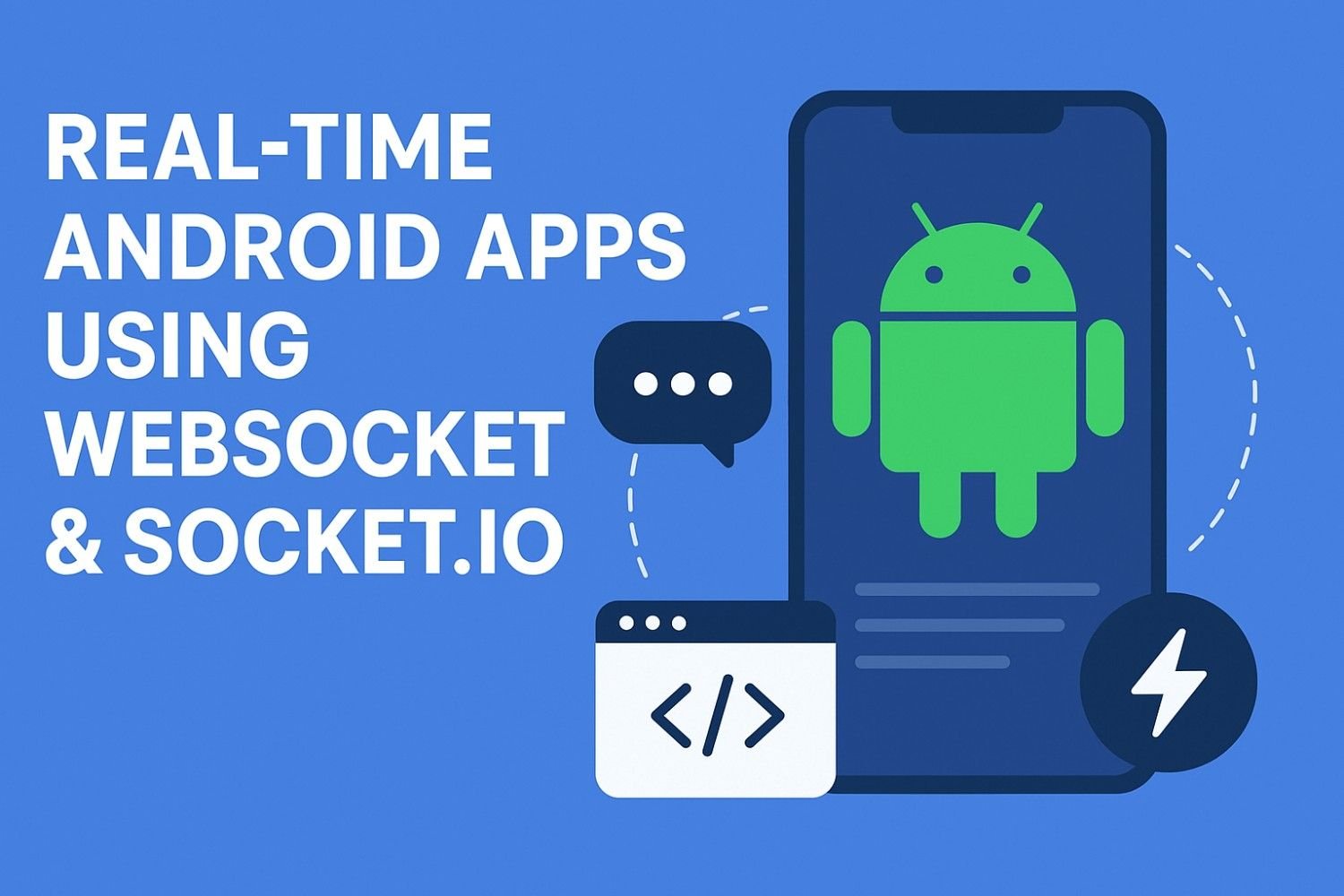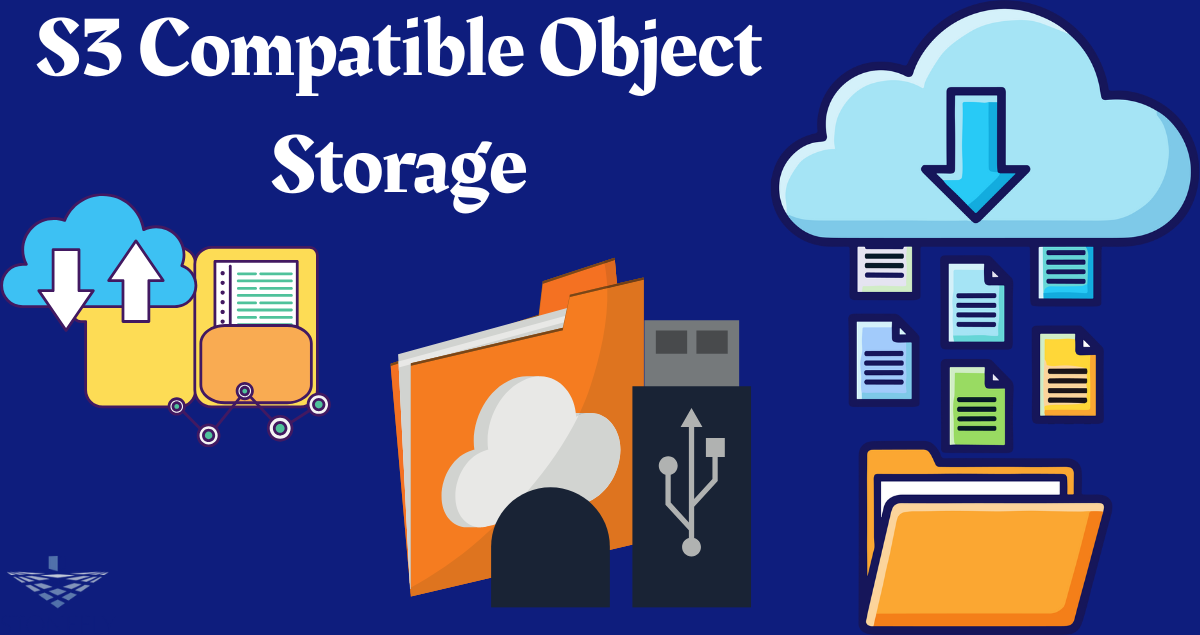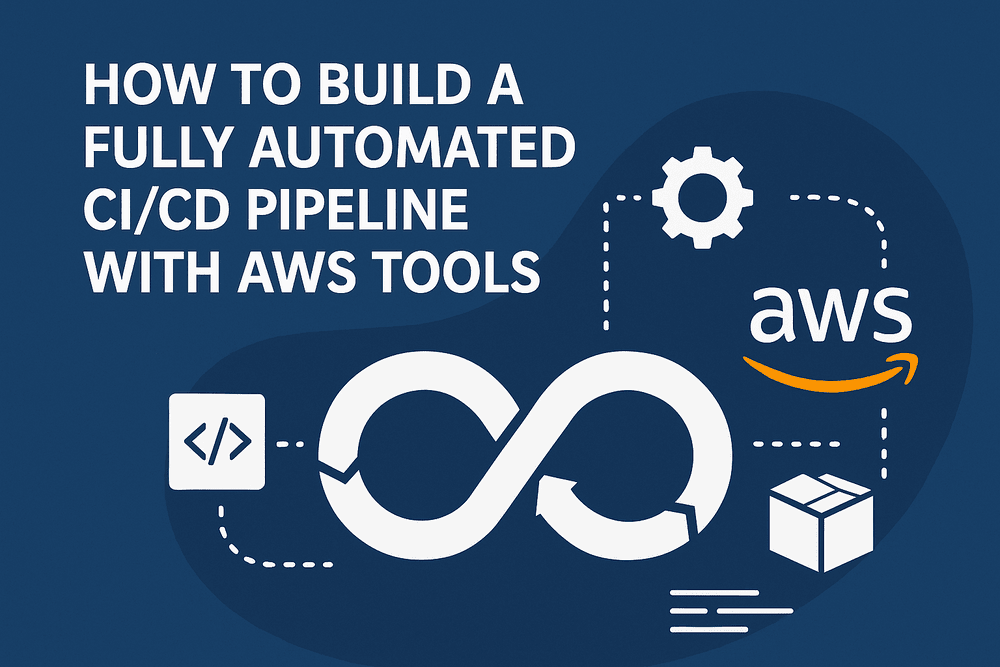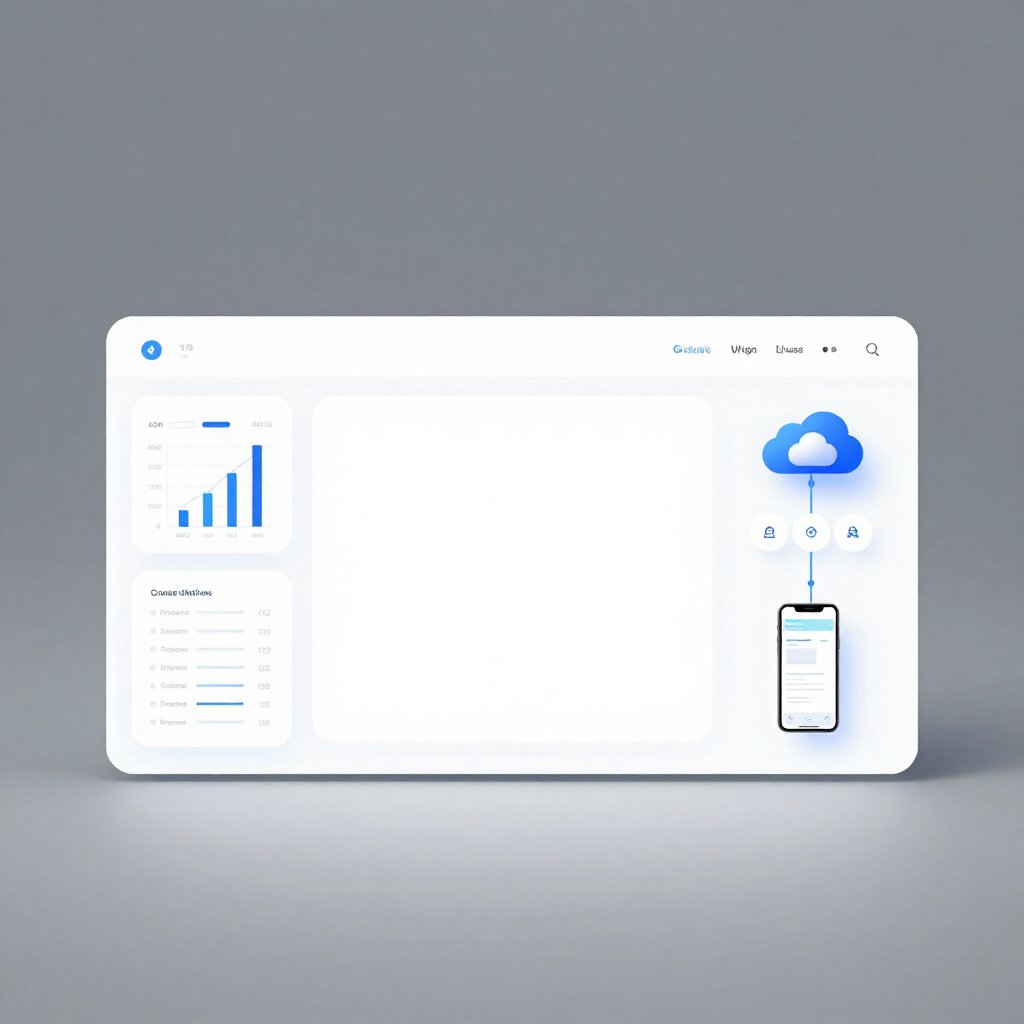As we venture into 2025, the world of Android app development continues to evolve at a rapid pace. With over 2.8 billion active Android devices globally, businesses are more focused than ever on creating innovative, engaging, and user-friendly mobile applications. However, as competition increases, it becomes imperative for developers and businesses to adopt strategies that not only align with the latest trends but also cater to evolving user needs. In this article, we will explore the most effective strategies in Android app development services for 2025, and how businesses can leverage the expertise of the best Android app development company to achieve success in a crowded marketplace.
1. User-Centric Design and Personalization
One of the top strategies for Android app development in 2025 is a strong emphasis on user-centric design. Today’s users demand more than just functional apps—they want apps that are intuitive, personalized, and relevant to their individual needs. This trend is expected to grow in importance over the next few years, and here’s how developers can implement it:
Personalized User Experiences
Personalization is key to keeping users engaged and coming back to an app. By utilizing data-driven insights, developers can tailor the user experience based on individual preferences, behaviors, and interests. For example:
- Dynamic Content: Apps that adjust content based on user behavior, such as personalized recommendations or adaptive interfaces, will create a more immersive experience.
- Customized Notifications: Push notifications that are tailored to individual preferences increase the likelihood of user interaction. By offering content and offers that matter most to the user, you keep them engaged.
Seamless and Intuitive UI/UX
Users expect intuitive, well-organized, and aesthetically pleasing interfaces. A best Android app development company can help ensure that the app’s user interface (UI) is easy to navigate, providing smooth transitions, fast loading times, and an enjoyable experience. Clean, well-structured layouts and accessibility features like text resizing, dark mode, and voice commands are becoming standard expectations.
2. Integration of AI and Machine Learning
Artificial Intelligence (AI) and Machine Learning (ML) have seen rapid advancements in recent years, and their integration into Android apps is no longer optional—it’s expected. These technologies enhance the functionality of Android apps and elevate the user experience in a number of ways:
Chatbots and Virtual Assistants
AI-powered chatbots and virtual assistants are transforming customer service and user interaction. Whether it’s answering customer inquiries or providing personalized recommendations, AI-driven chatbots allow businesses to provide 24/7 support without human intervention. By implementing AI chatbots, businesses can reduce response times and enhance user satisfaction.
Predictive Analytics
By utilizing machine learning algorithms, developers can predict user behaviors and suggest relevant content, products, or services. This predictive capability can be applied to various sectors, from eCommerce to health apps. For instance, a fitness app that uses ML to track user progress and suggest tailored workout plans is more likely to keep users engaged and motivated.
Image and Speech Recognition
AI and ML can also help improve features like image and speech recognition. From text-to-speech functionalities to object detection in images, AI algorithms make the app more interactive and convenient for users. As voice commands become more common, integrating voice recognition into Android apps will significantly enhance user experience.
3. App Security and Privacy
Security continues to be a major concern for Android app users. With an increasing number of cyber threats, privacy breaches, and data theft incidents, it is essential that app developers prioritize robust security measures in 2025.
Biometric Authentication
With advancements in smartphone hardware, biometric authentication (like fingerprint and facial recognition) has become one of the most secure and convenient ways to protect users’ sensitive information. By implementing biometric authentication into their apps, businesses can offer an extra layer of security and improve user trust.
End-to-End Encryption
Data encryption is another critical security strategy. Apps that handle sensitive user data—such as financial apps, healthcare apps, or social media platforms—must ensure end-to-end encryption to protect user information from potential breaches.
Secure APIs
Many Android apps rely on third-party services via APIs to enhance functionality. It’s vital to ensure that these APIs are secure and adhere to best practices for authentication and authorization. In 2025, best Android app development company will focus on strengthening API security to safeguard user data.
GDPR Compliance
As data protection laws like the GDPR (General Data Protection Regulation) continue to gain importance, developers must ensure that their apps comply with regional data privacy laws. This includes providing users with clear options to manage their privacy preferences and ensuring data is collected and stored responsibly.
4. Cloud Integration and Data Storage
Cloud technology continues to be a key factor in app development. It offers a range of benefits such as scalability, real-time data synchronization, and improved performance. For Android app developers, leveraging cloud solutions will be essential in 2025.
Real-Time Syncing
Cloud-based Android apps can synchronize data across multiple devices in real time, ensuring users always have the most up-to-date information. This is particularly important for collaborative apps, gaming apps, or apps that require live updates, such as news and messaging apps.
Scalability and Flexibility
As your app grows in popularity, cloud platforms provide the scalability needed to accommodate millions of users without sacrificing performance. Integrating cloud services from providers like Google Cloud or AWS helps businesses easily scale their apps to meet demand, ensuring a smooth experience for users, regardless of the app’s growth.
Data Backups
Cloud storage ensures that users’ data is safely stored and backed up in the event of device loss or failure. This enhances the user experience by providing peace of mind and preventing data loss, which can often result in uninstalls and decreased engagement.
5. Cross-Platform Compatibility
While Android remains dominant, users are often engaged on multiple devices. Ensuring that your app works seamlessly across various platforms—including Android, iOS, and the web—is vital for success in 2025.
Flutter and React Native
Cross-platform development frameworks like Flutter and React Native allow developers to build apps that run efficiently on both Android and iOS platforms. This approach reduces development time and costs while ensuring a consistent experience across devices. For businesses, cross-platform compatibility broadens the user base and increases engagement by reaching a wider audience.
Progressive Web Apps (PWAs)
Another strategy gaining momentum is Progressive Web Apps (PWAs). PWAs function like native apps but are accessed via web browsers. They are responsive, reliable, and capable of offline functionality, making them a great option for businesses looking to offer a seamless experience across all devices without the need for multiple app versions.
6. Enhanced Performance and Optimization
As app users demand faster, more responsive experiences, developers must focus on optimizing app performance in 2025. A sluggish app can drive users away, so it’s critical to focus on the following optimization strategies:
Fast Load Times
The speed at which an app loads is one of the most crucial factors in determining user satisfaction. Developers should prioritize optimizing code, minimizing the size of resources, and reducing unnecessary features to ensure fast load times.
Reducing Battery Consumption
Mobile apps that drain battery life too quickly are often uninstalled. Developers need to pay attention to the power consumption of their app and optimize it to run efficiently without consuming too much battery.
Memory Management
Efficient memory management is another vital component of app performance. Apps that consume excessive RAM can cause crashes and degrade the user experience. By carefully managing memory usage, developers can ensure that the app runs smoothly even on lower-end devices.
7. 5G and IoT Integration
With the global rollout of 5G technology and the expansion of the Internet of Things (IoT), Android apps are poised for significant advancements in connectivity, speed, and data exchange.
Faster Data Transfer
5G will revolutionize app performance, enabling faster data transfer, lower latency, and more reliable connections. This will be particularly beneficial for apps that require real-time data, such as gaming apps, AR apps, and video streaming services.
IoT Integration
The IoT is rapidly expanding, and Android apps that integrate IoT technology will provide users with enhanced experiences. For example, apps that control smart home devices or track wearable fitness devices can benefit from seamless connectivity and real-time updates.
8. Augmented Reality (AR) and Virtual Reality (VR)
AR and VR are among the most exciting emerging technologies in mobile apps. By 2025, we expect AR and VR to become standard features in Android apps across multiple industries.
Interactive Experiences
AR and VR allow developers to create immersive, interactive experiences that engage users in new and exciting ways. For instance, AR can be used in shopping apps to allow users to visualize products in their environment before making a purchase, while VR can be used in training apps for simulations.
Gaming and Entertainment
The gaming and entertainment industries are at the forefront of AR and VR innovation. Android apps using AR and VR technologies can offer groundbreaking experiences, keeping users engaged and coming back for more.
9. App Store Optimization (ASO) and Marketing
Building an excellent app is only part of the equation. In 2025, App Store Optimization (ASO) will continue to play a critical role in ensuring that your app is discoverable and attractive to potential users. Working with the best Android app development company means that developers not only build apps but also assist with marketing strategies to drive app installs and engagement.
Keywords and Descriptions
Using relevant keywords and creating compelling app descriptions are essential for ASO. By incorporating search terms that users are likely to use, developers can increase the app’s visibility in the Google Play Store.
User Reviews and Ratings
Encouraging users to leave positive reviews and ratings can improve the app’s credibility and attract new users. Developers should incorporate features that prompt users to review the app after they’ve had a positive experience.
Conclusion
As we look ahead to 2025, the strategies for Android app development are set to evolve, focusing on a user-centric design, AI integration, enhanced security, and cutting-edge technologies like 5G, IoT, and AR/VR. By collaborating with the best Android app development company, businesses can ensure their apps are optimized for the future, providing personalized, secure, and engaging experiences that drive both user satisfaction and business success. In a competitive marketplace, adopting these strategies is essential for staying ahead and meeting the ever-growing expectations of mobile users.
















Leave a Reply